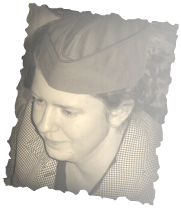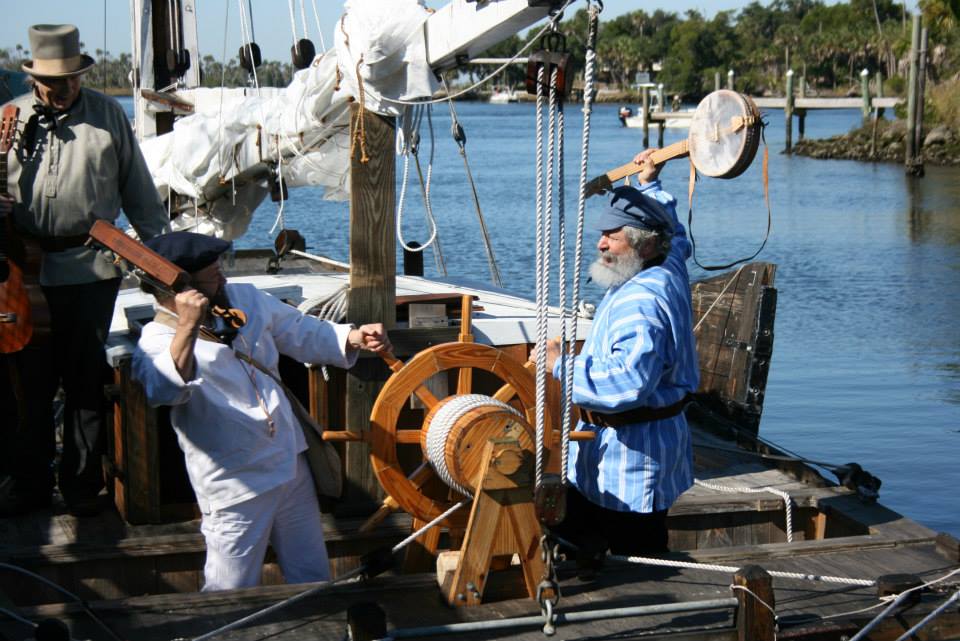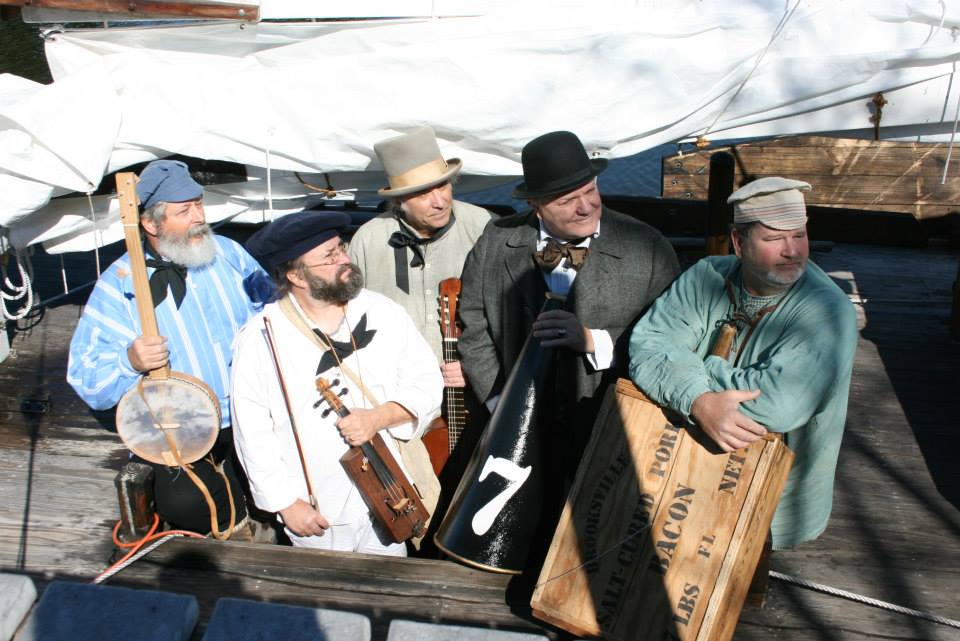My grandpa told me a story. A story about an old high school friend of his who did not live to see victory over the Axis during WWII. The story went something along these lines:
Shorty was the ball turret gunner on a B-25 that went down in the English Channel due to engine failure. The rest of the crew managed to escape the plane. Shorty was unable to get out of the ball turret because the hydraulics which allowed the turret to rotate were damaged and dysfunctional. He went down with the plane.
Grandpa's story is not the real story. It isn't overly surprising really, because at the time Shorty died, Grandpa was quite likely in basic himself and as things get passed along a grapevine, the story often morphs.
Last night, I found the truth. Accidentally. I cannot remember the course of events that led me to revisit Shorty, but in doing so, I stumbled upon the truth.
Shorty was in the 359th Bomb Squadron, 303rd Bomb Group, 8th Air Force, stationed in England. He was one of ten crewmen on a B-17F, the "Yahoodi"--AAF serial #41-24608. He wasn't the ball turret gunner--that was a fellow by the name of S/Sgt. Leif H. Hoklin who did survive. Rather, Shorty was the radio operator.
Two days before, on January 1, 1943, Shorty had turned 21. On January 3rd, while on a bombing run (the target of which was St. Nazaire, France), whether to or from I do not know, the Yahoodi took enemy fire and was hit. Using the coordinates found in the records, I discovered that they went down in the sea south of Brittany. The records aren't overly profuse or informative, but enough to paint a picture of an ack-ack attack, engines knocked out, and a crew of ten headed straight into the ocean, the wind whistling through the fuselage. I wonder how many of them were already dead. Or how terrified they were.
Because T/Sgt. Walter M. Clevenger did not live I write this. I will someday tell my own children about him so that he will not be forgotten.
In Memoriam,











 RSS Feed
RSS Feed















